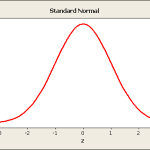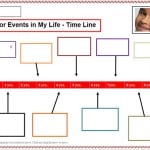
Telematics data analysis can be used to improve our understanding of how people use their vehicles. It is an objective source to validate product requirements. In cars and trucks, sensor signals are read by electronic modules share the data on a CAN bus. Some signals contain data for continuous variables. Some examples of continuous variables are vehicle speed, engine speed, engine torque, ambient temperatures, in-vehicle temperatures, pressures, voltages, and the battery state of charge. Another name for the continuous variables is parametric data. This CAN data is a rich source of information









